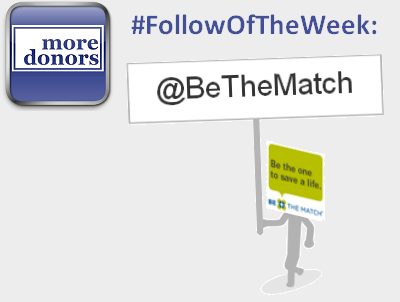
Eric Hoover, a senior writer with the Chronicle of Higher Education, shared a post yesterday on the Chronicle's Head Count blog titled Random Student Thoughts on Admissions. It had some interesting tidbits and made me think of the parallels between college admissions and non-profit fundraising efforts... So here's a look at the topic, Through Nonprofit Eyes.
If your nonprofit has more than one person involved in its operations, you are almost certain to have multiple opinions on what your prospects and donors would like. This can be in terms of appeals, newsletters, events, investments, leadership and a wide variety of other topics. If you have heard phrases like these, you understand what I am referencing:
- "We need to email our donors more. I hear from XYZ nonprofit all the time and I don't mind."
- "Our constituents do not like to be asked for money."
- "Our constituents won't like that mail appeal - I can't stand the way it looks."
- "I got this [appeal/mailing/email/etc] from ABC nonprofit and loved it - We have to do it too!"
- "We should only send email and those Twitterer things to our young prospects."
While people are naturally drawn to designs, appeals, etc. that they like, you are only one person - an "n of 1" in experiment terms - and your opinion may not reflect that of your prospects. No matter how well you think you know them and how much you think they are all like you!
But in the absence of other information and data, nonprofit administrators will often fill the void with their own opinions. That being said... it is good to remember to listen to your donors and prospects.
Hoover's post about college admissions included quotes from various students. Here is a sampling - Can you see the potential parallel to nonprofit stakeholders?
- Dakota Kornicker, a senior at Hunterdon Central Regional High School, in New Jersey, on recruitment emails: “I love getting emails from your college, but I don’t like getting three emails in one day.”
- Christine Johnson, a senior at Cypress Lakes High School, in Houston, on recruitment mailings: “I find a lot of the stuff I get in the mail from colleges to just get in the way and kind of make me mad … even the short letters from deans saying ‘I’m interested in you’ didn’t really mean anything to me.”
- Alexander Moskowitz, a senior at Cherry Creek High School, in Colorado, on the value of admissions interviews: “A personal interview shows students that you’re interested in them and that you’re giving them a chance.”
- Anne Kaplan, a senior at the New York City Lab School for Collaborative Studies, on colleges’ using social-networking sites: “Facebook is the last place I want to see a school.”
Obviously there are likely to be similar opinions within your constituency. But how do you know? You ask and you listen. I think you'll find many are happy to be engaged. Even those who are unhappy about some aspect of your organization will be happy that the opinion or complaint is actually being heard.
Do you think Starbucks, Coca-Cola and Toyota are conducting marketing campaigns based simply on what the CEO or Director of Marketing likes?
Then why should your nonprofit?
image from ilisten(dot)com
































 =
=
 /week =
/week =
 =
=



